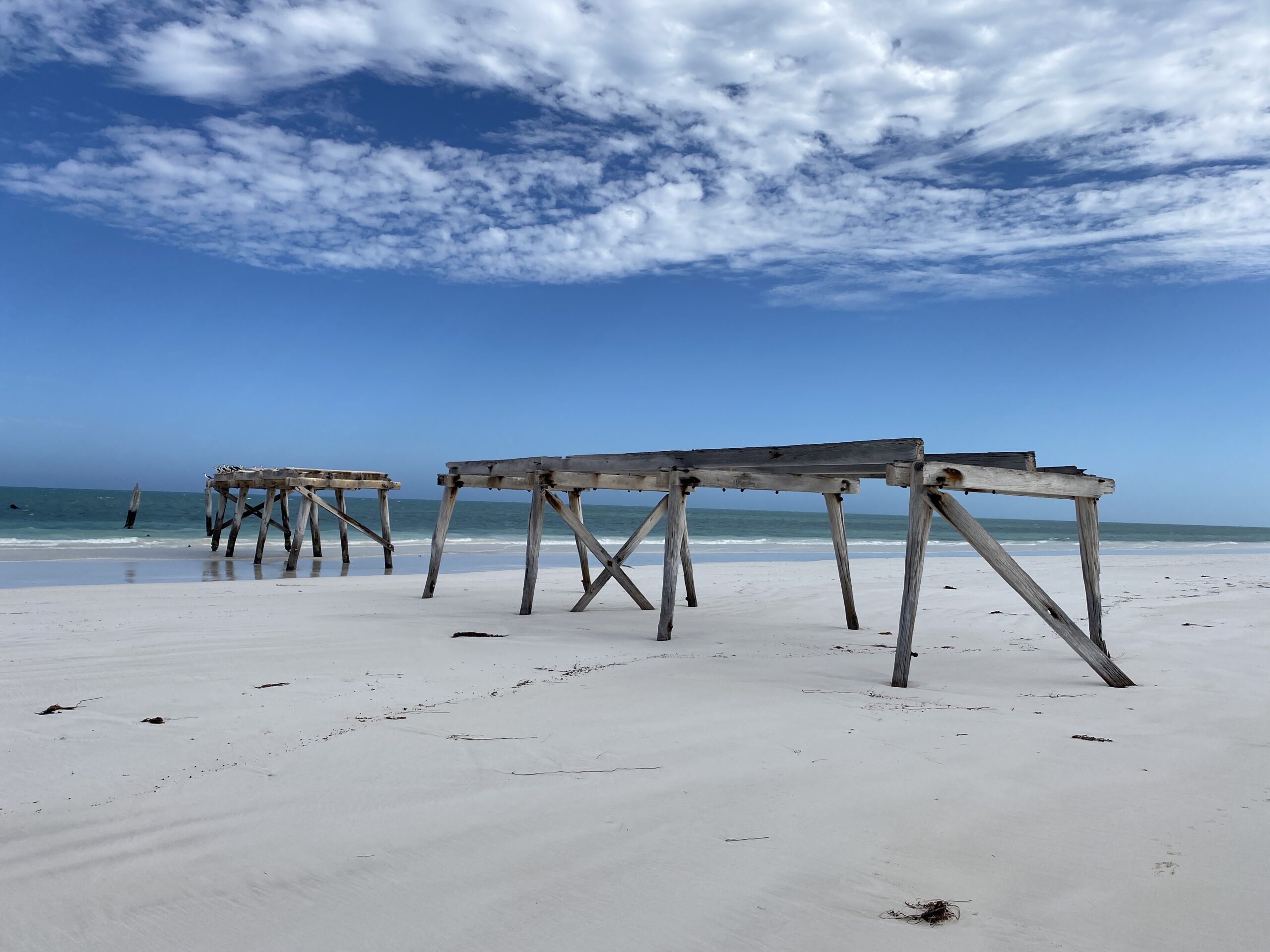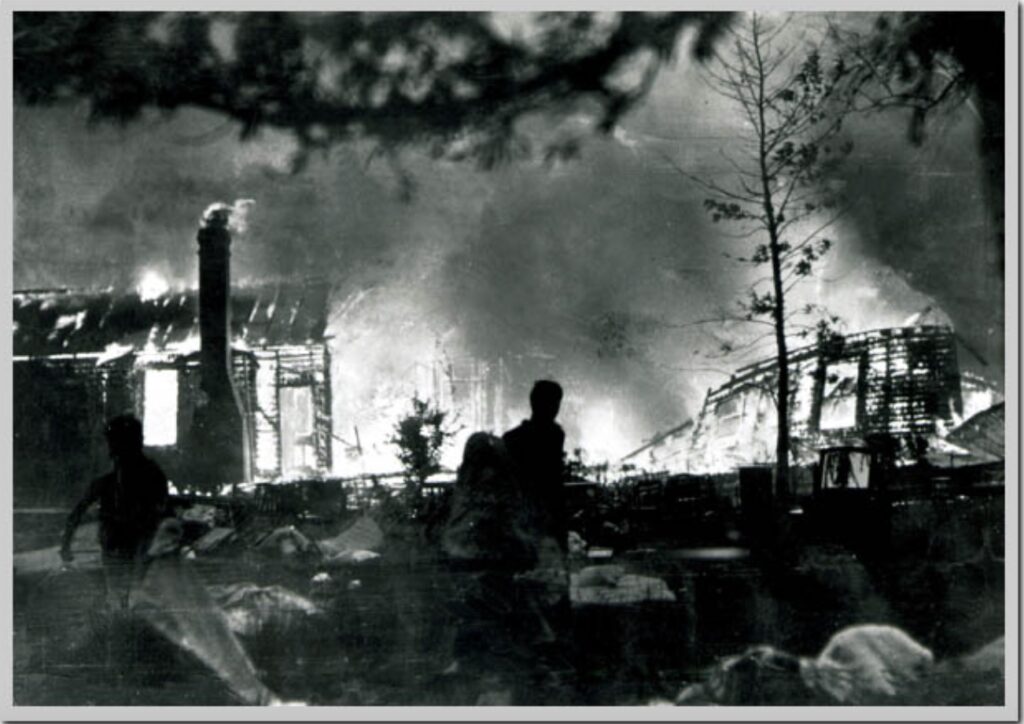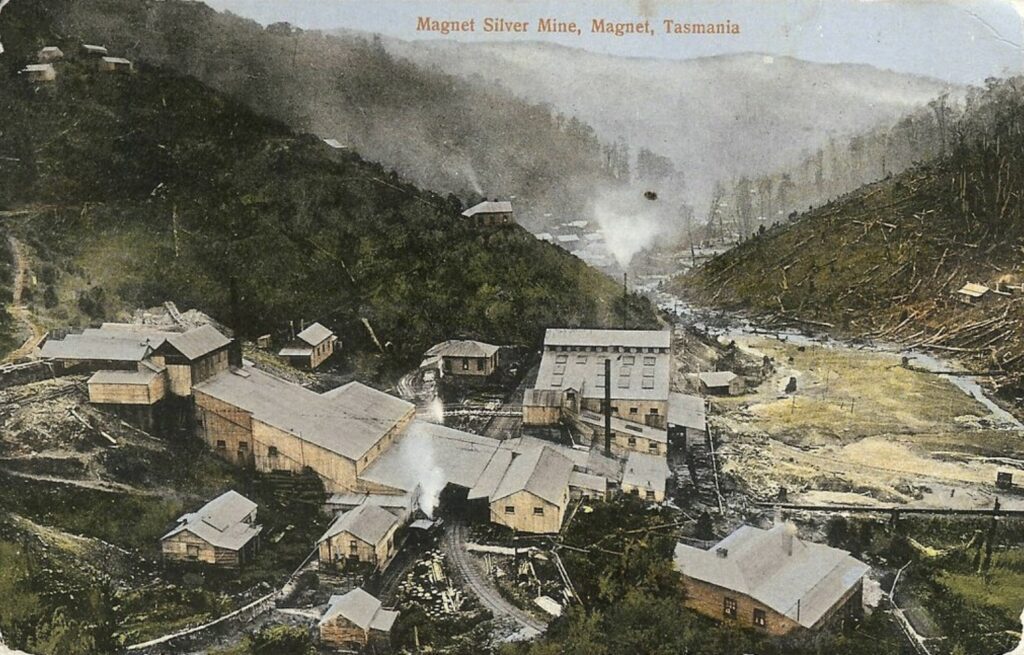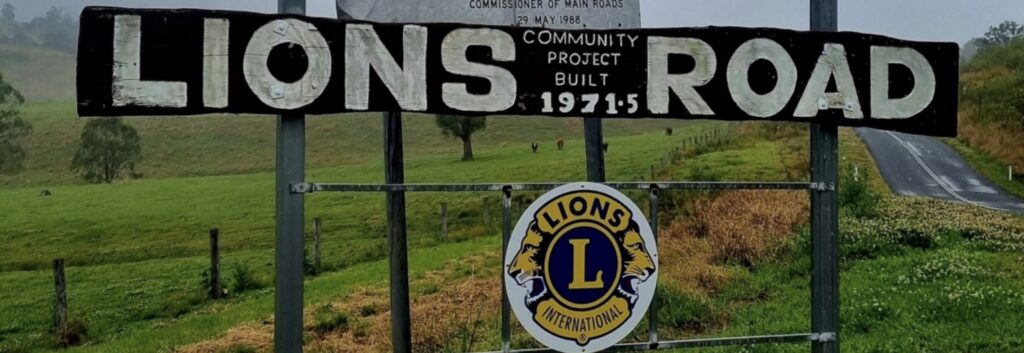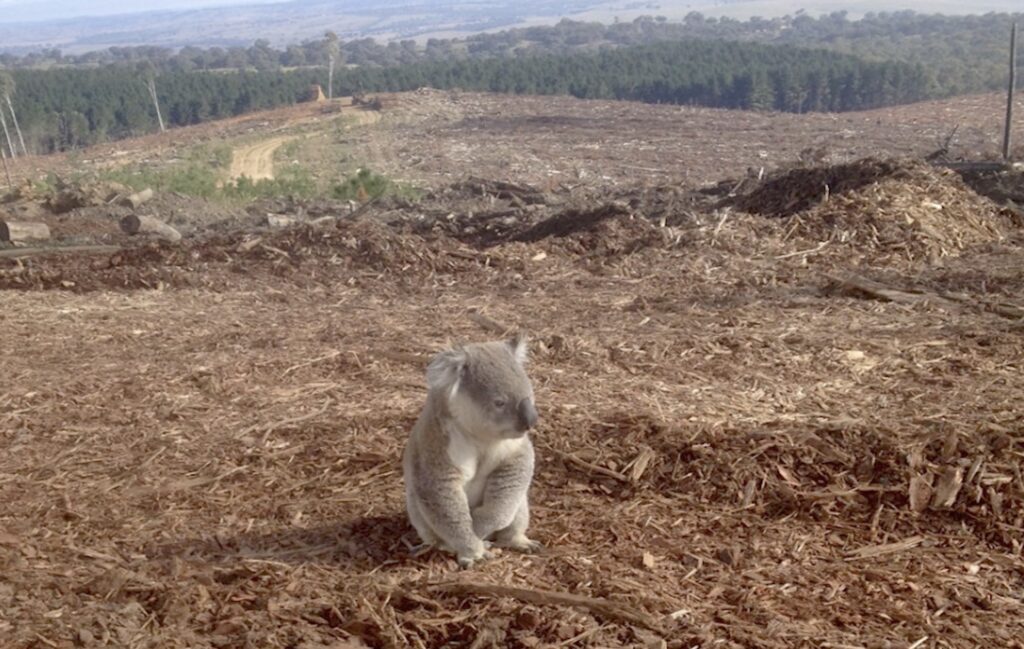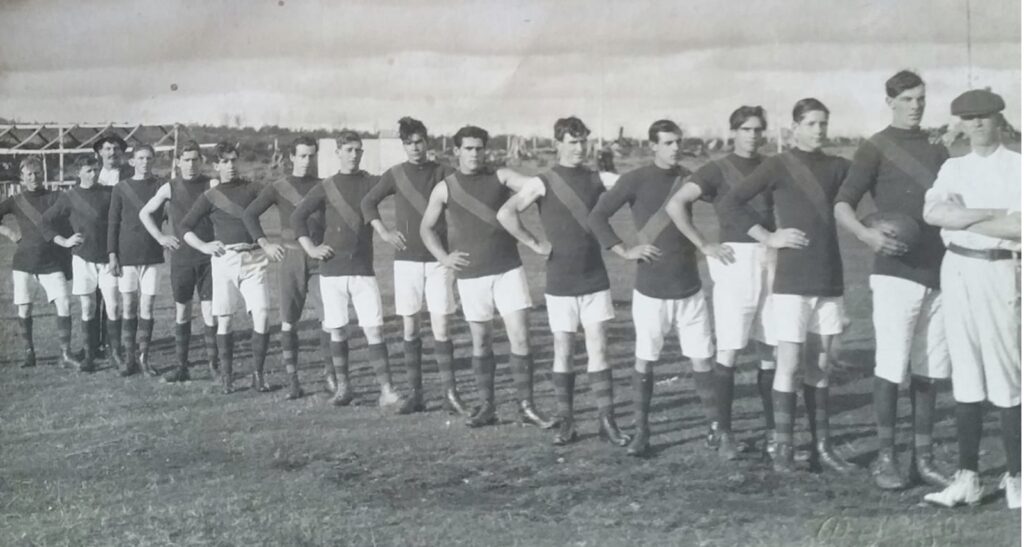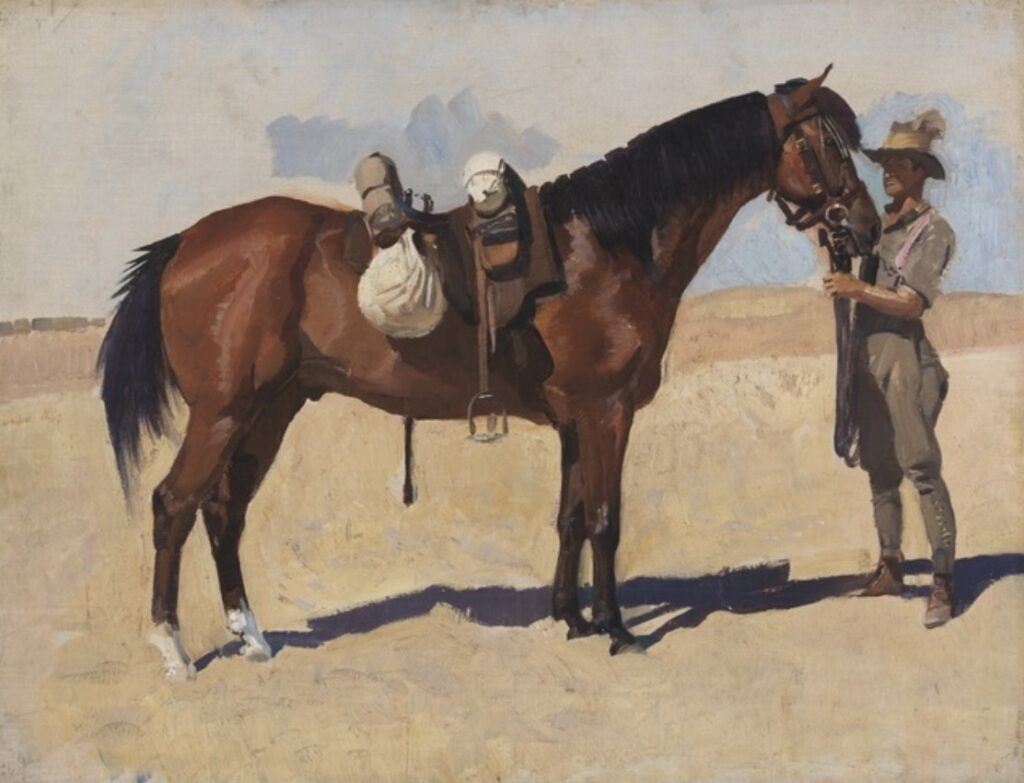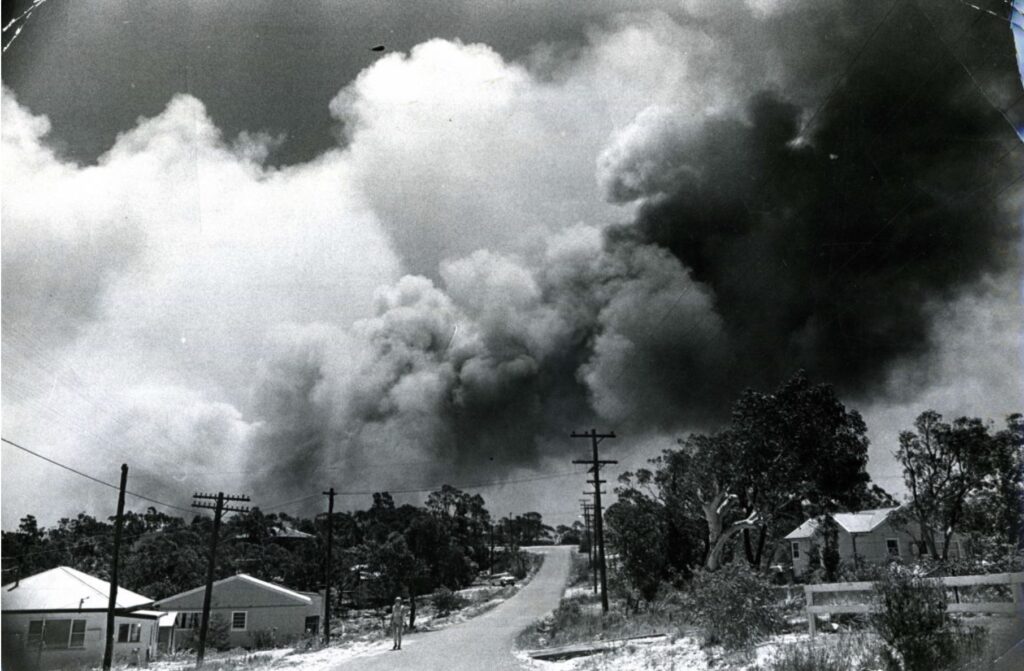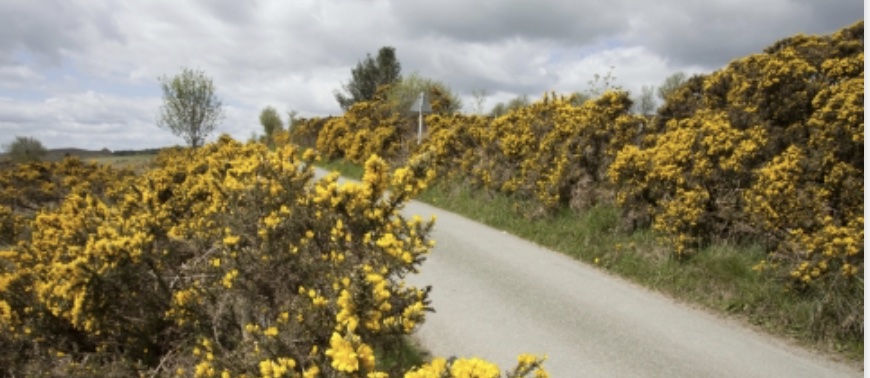The big shift – towns that have moved in Australia
As we travelled around Australia, I was amazed at how many towns we came across that had shifted for whatever reason. While I already knew about a few, I had no idea many towns were forced to move.
Probably one of the best-known is Eucla on the Nullarbor Plain. The Eucla Telegraph Station opened in 1877 and helped link Western Australia with the rest of Australia and the world.… Read more
